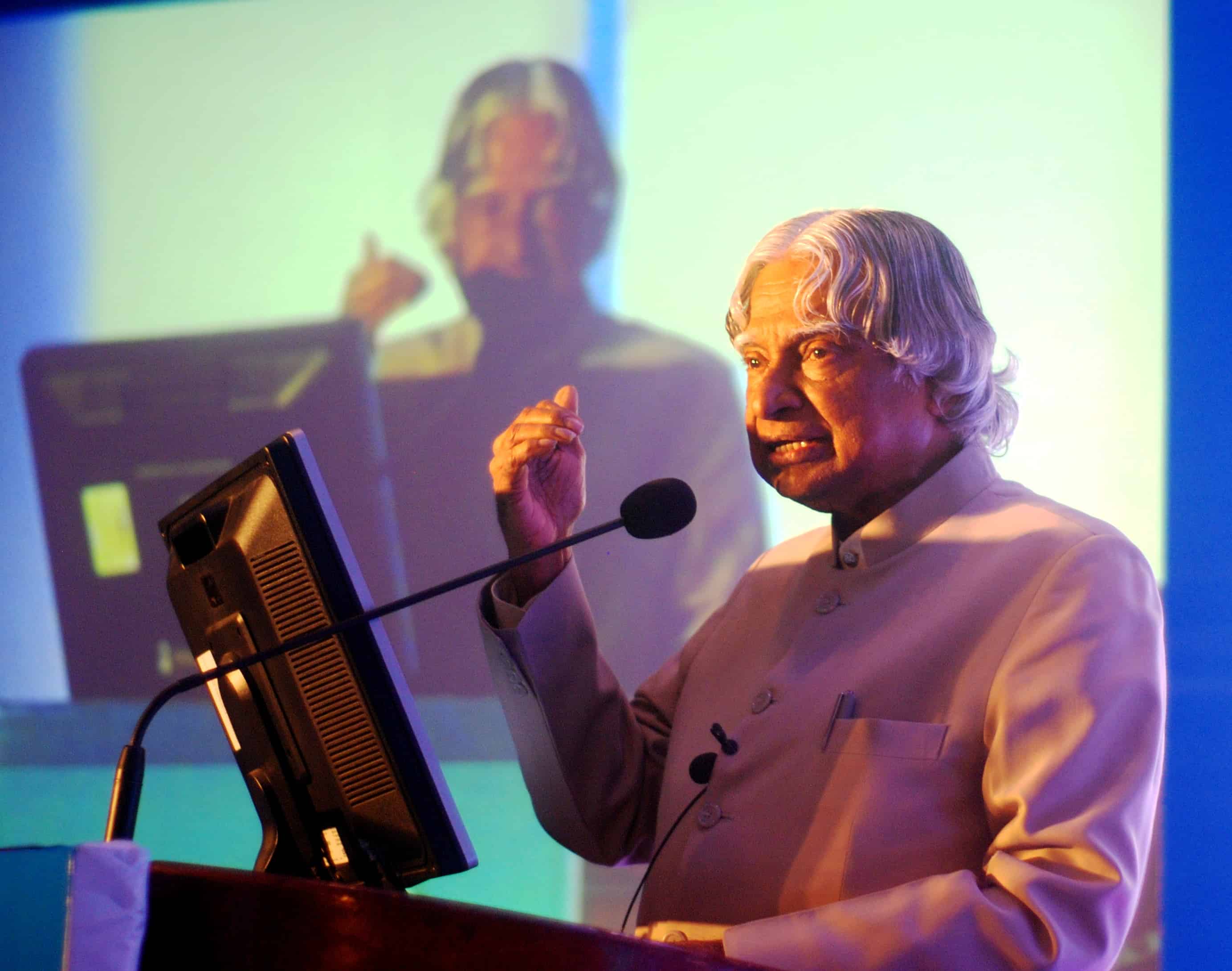
(CC BY 3.0/Pushrakv)
By Tushna Commissariat
This week, India is mourning the loss of an esteemed leader – the country’s 11th president APJ Abdul Kalam, who died on Monday. Kalam was in office from 2002 to 2007 and enjoyed country-wide popularity, even post his presidency. Described by US president Barack Obama as a “scientist and a statesman” in his eulogy, Kalam was a physicist and an aeronautical engineer before he turned to politics, first acting as a science administrator and adviser for nearly four decades before his office run. Indeed, he was heavily involved in India’s nuclear tests and its military missile programme, earning him the moniker of “Missile Man”. In 2007 he was awarded the Royal Society’s King Charles II Medal, which is “awarded to foreign heads of state or government who have made an outstanding contribution to furthering scientific research in their country”.
Kalam’s legacy will undoubtedly be a scientific one, as he often visited schools and other educational institutions to encourage and inspire the next generation of Indian scientists and innovators. Indeed, his staunchly scientific outlook – especially his pro-nuclear stance – made him unpopular with some. Only recently, he waded into the ongoing debate and controversy surrounding the construction of the long-delayed India-based Neutrino Observatory (INO). We have been covering these deliberations – which you can read about here, here and here – since 2010.
While local politicians and environmental groups have been protesting the project for the past four months, Kalam wrote an opinion piece for the Hindu earlier this month, titled “Going all out for neutrino research”, where he stated “We believe that the neutrino is our mode of access to some of the most unimaginable technologies, and therefore, with INO, India is poised to take its rightful place at the helm of neutrino research. For example, the particle detectors developed for the neutrino experiment at INO can also be used to detect the photons in positron emission tomography (PET) which is used to identify cancerous tumours.”
Kalam also took the opinion piece as an opportunity to explain the neutrino and describe India’s past contributions in the field – some of the the first atmospheric neutrinos were discovered at the Kolar Gold Fields mine in Indian in the 1960s. For now the fate of the INO remains unclear, as scientists and politicians battle it out in court over the coming months.



